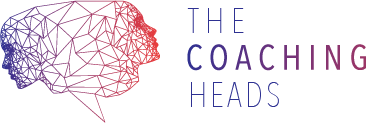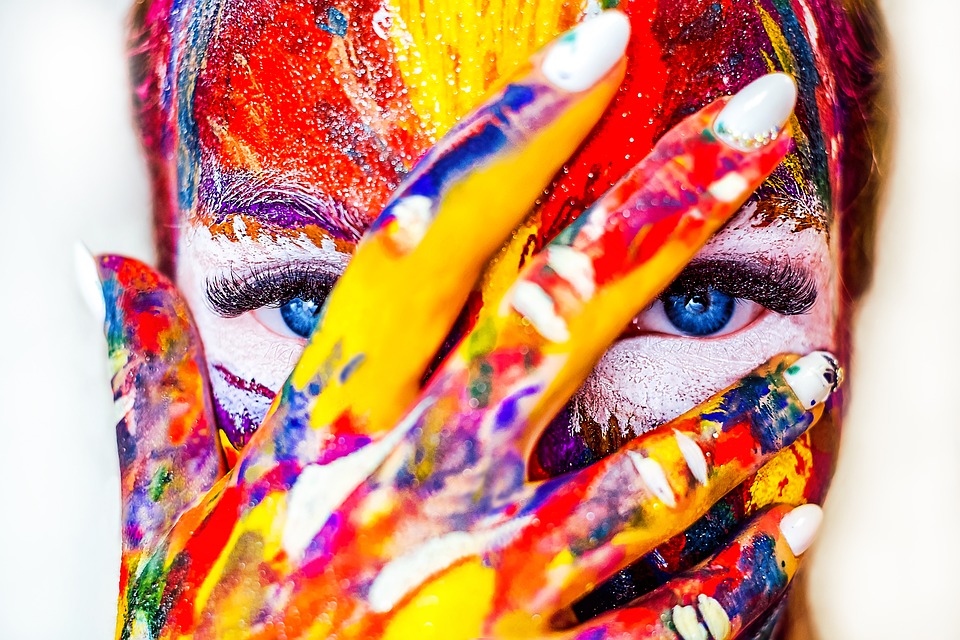Creativity, innovation, genius.
In today’s competitive business ecosystem you either wear these indispensable “running shoes” or you risk to dangerously stay behind and possibly lose the race. This is true for any kind of business, from freelancers and solopreneurs to large corporations. So how can you make sure you innovate consistently and effectively?
Bill O’Connor, a Corporate Strategist from Autodesk software corporation, decided that if he had to find out what it takes to be a genius, he was gonna do it properly. He put together a team who studied millions of years of human history and selected what they considered to be the one thousand greatest innovations of all times. The result was The Innovation Genome Project.
We often associate innovation with technology, but isn’t it a much more complex and articulated concept? The Autodesk team identified 5 types of innovation:
- Technological/Scientific
- Business/Entrepreneurial
- Political/Social
- Intellectual/Philosophical
- Creative/Artistic
Innovation and creativity are indeed universal concepts that go beyond the invention of the lighting bulb, and also encompass geniuses like Aristotle and… the Beatles!
The key question was: “How did the originator think of that innovation?”. Was there a pattern across such diverse group? O’Connor’s team realized that “innovators implicitly or explicitly asked a set of questions about the status quo (the current thing) to get to the status novo (the new thing)”.
That’s how they came up with the Seven Essential Innovation Questions (SEIQ): a framework to support the idea generation process and to drive innovation in a structured and effective way. SEIQ is a very easy-to-use and pragmatic tool. First of all, you need to identify an opportunity to innovate: what is the pain point in your business that needs to be changed? Then ask yourself these 7 questions:
- What could we look at in a new way?
- What could we use in a new way?
- What could we move, changing its position in time or space?
- What could we interconnect in a different way?
- What could we alter or change?
- What could we make that is truly new?
- What could we imagine to create a great experience?
Here is a practical example for each one of them.
1. What could we look at in a new way?
Looking at existing issues with fresh eyes is the core of innovation. Think of fire! Our ancestors feared it until they started to observe what they could do with it: cooking food, warming up, protecting themselves from wild animals, etc.
2. What could we use in a new way?
What resources do you already have and how can you use them in a new way? Think of the Internet! Originally an information and communication tool, it became a key platform for selling goods.
3. What could we move, changing its position in time or space?
Think of the written word! Communication was only oral in the past until the word was moved to a new space: the written form. The content was the same but its “space” changed and trascended time.
4. What could we interconnect in a different way, or for the first time?
Putting together 2 or more elements can create something completely new. Think of the bow and arrow! It took human beings 391,000 years to interconnect the spear with something elastic to allow it to travel faster and further.
5. What could we alter or change, in terms of design and performance?
How could you alter an existing idea or process? Think of Jazz! A revolution for the traditional way of doing music, where improvisation replaced the score.
6. What could we make that is truly new?
These are the inventions in the true sense of the word. Who says you cannot come up with one yourself? At the end of the day all game-changers in human history came from the need to solve a problem. Think of the lightning bulb!
7. What could we imagine that would create a great experience?
Imagination is the foundation of innovation. Can you imagine something that doesn’t even exist yet? Think of smart phones! Who could have imagined only 30 years ago that today we would be able to navigate a city like Tokyo with our phone?
Write down any input that comes to your mind and start swimming in your colourful creative pool of ideas! What are the best things you thought of and how can you implement them? The Coaching Heads are here to turn those strokes of genius into actionable steps.
May the spirit of Archimedes be with you!
PS: Read more about SEIQ here a full interview to Bill O’Connor here.
Get The Coaching Heads right on Your Inbox
Subscribe now and discover the best tips and strategies about Communication styles, Coaching techniques, Transformational leadership, Performance management and much more.



